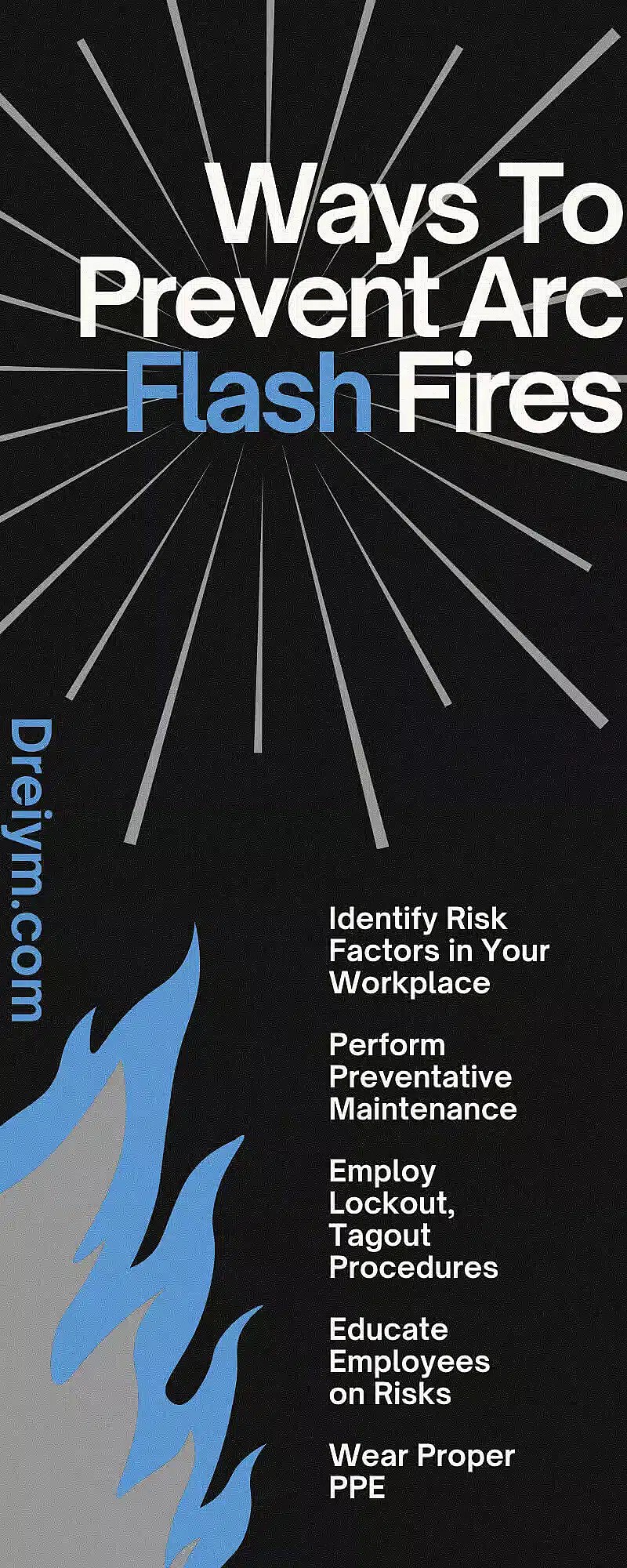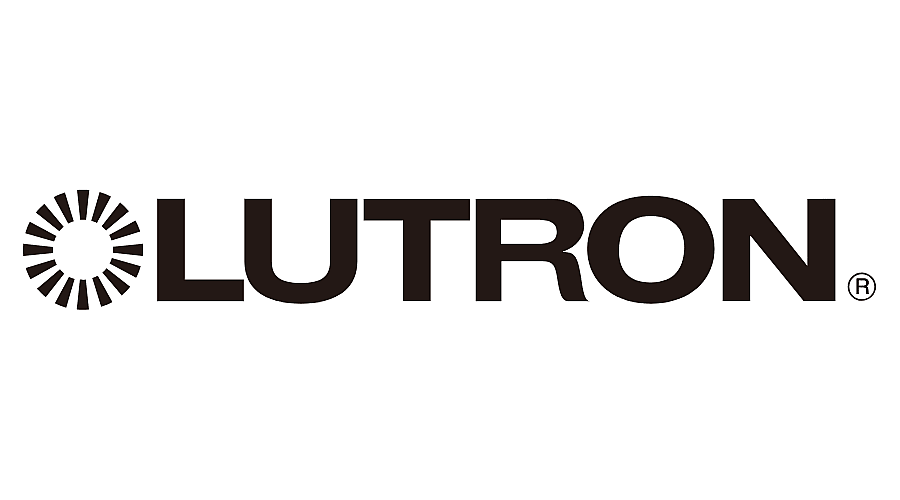5 Things You Can Do To Prevent Arc Flash Fires
Business owners have many responsibilities, and employee safety is one of the most significant. Ensuring employee safety requires owners and managers to identify and manage risk factors within their property, such as slick floors, cluttered spaces, or faulty machinery.
Risk factors aren’t always obvious. And just because a risk isn’t noticeable doesn’t mean it is safe. This is especially true of Arc flash fires.
What Is an Arc Flash Fire?
As electricity flows through wires, the area surrounding the conductor becomes lightly charged. Generally, this charge doesn’t impact its surroundings because the air acts as a natural insulator. However, if a conductive item enters this charged field, it can cause the electricity to jump in an arc to this surface. This is called an arc flash.
The energy and heat produced by an arc flash can potentially cause an explosion with temperatures up to 35,000 degrees Fahrenheit, over three times the heat of the sun’s surface.
Causes of Arc Flash Fires
An arc flash occurs when a conductive item enters the electric field produced by your machinery’s wires. There are various potential conductive materials that can cause arc flash fires. Here are a few:
- Metal tools
- Moisture
- Dust
- Unprotected hands
- Corrosion
At times, issues within the machine, not outside forces, cause arc fires. Machine failure and faulty switches and circuit breakers can also cause an arc flash fire.
Risks of Arc Flash Fires
Any electric issues, fires, or explosions pose serious risks. Since arc flash fires contain properties of all three, the risks associated with them are even more severe. The dangers of arc flash fires include:
- First, second, and third-degree burns, even for those as far as 20 feet away
- Clothing burning onto skin
- Flying debris and molten metal
- Hearing damage
- Temporary blindness
- Intense blast damage
Along with the harm to your employees, property damage from arc flashes can be catastrophic. The fires caused by arc flashes can spread incredibly quickly. Steel supports and equipment can also melt from the intense heat.
Ways To Prevent Arc Flash Fires
With such severe risks, it’s clear that business owners and managers must take preventative measures against arc flashes. Here we address five things you can do to prevent arc flash fires.
1. Identify Risk Factors in Your Workplace
Awareness is the first step toward prevention. Take the time to perform a risk assessment of your property to create necessary boundaries. Anything that runs on electricity can potentially cause an arc flash, but it’s important to be especially aware of heavy equipment and circuit breakers.
This risk increases if equipment or wiring is faulty or outdated. Part of your equipment risk assessment should include examining the electrical work in your property. Hiring an engineering consultant will help paint a clearer picture of your facility’s current risk level.
2. Perform Preventative Maintenance
Performing preventative maintenance on heavy equipment is often part of the manufacturing process because it helps prevent downtime. But this kind of maintenance can also reduce arc flashes and should extend to a facility’s circuit breakers.
Some key preventative maintenance you should consider putting into practice includes:
- Regular inspections of electrical and equipment systems.
- Testing systems.
- Equipment checks using an airborne ultrasound.
- Damaged insulation repairs.
- Infrared thermal scanning.
- Running dielectric, millivolt drop, and overload tripping tests.
Another important but often overlooked aspect of preventative maintenance is regularly cleaning out systems regularly. Dust can act as an arc flash conductor when it enters an electrical field, so regular cleaning is key.
3. Employ Lockout, Tagout Procedures
While maintenance is a critical way to prevent arc flash fires, it can also inadvertently cause a fire if workers enter the electric fields with their tools. To avoid this scenario, facilities must employ lockout, tagout procedures before maintenance occurs to contain energy sources.
To adhere to lockout, tagout procedures properly, follow these steps:
- Identify all sources of energy, including equipment and circuits.
- Notify all employees and clear the area.
- Follow shut down procedures for all equipment and circuitry.
- Isolate power sources and place approved locks on equipment to prevent accidentally turning on the equipment during maintenance.
- Write up a lockout procedure information for all energy sources and place a tag with pertinent information on the equipment.
- Double-check that energy isolation and locking has been performed correctly.
This will create a secure space for employees to enter without fear of causing an arc flash. Once maintenance is complete, ensure that the area is clear of supplies and locks before attempting to restart machinery.
4. Educate Employees on Risks
Awareness is essential for avoiding arc flashes. But this awareness cannot end with the managers and business owners. Owners should institute arc flash training as part of their company’s safety training regimen and continue with regular refresher courses.
Along with training, it’s also best practice to put out regular notices about arc flash risks, especially in the areas surrounding high-voltage equipment and circuitry. Facilities should also mark off areas where arc flash risks are higher as an added reminder.
5. Wear Proper PPE
Part of your training should include information on proper arc flash-related personal protective equipment. This is the equipment, also known as arc-rated (AR) clothing, that will help protect employees from severe injury or death in the event of an arc flash.
AR clothing usually includes
- Long-sleeved shirts.
- Coveralls.
- Face shield or hoods.
- Jackets.
- Heavy-duty rubber and leather gloves.
- Eye and ear protection.
- Hard hats.
- Leather boots.
AR clothing is divided into four categories, with category 1 clothing being the lowest level of protection and category 4 being the highest level of protection against arc flashes.
Employee safety is paramount in any facility, but this is especially true in businesses where there is a chance of arc-flash fires. That’s why Dreiym Engineering provides consulting services to help prevent them, as well as forensic fire investigation services to help determine the causes of fires after the fact.













































